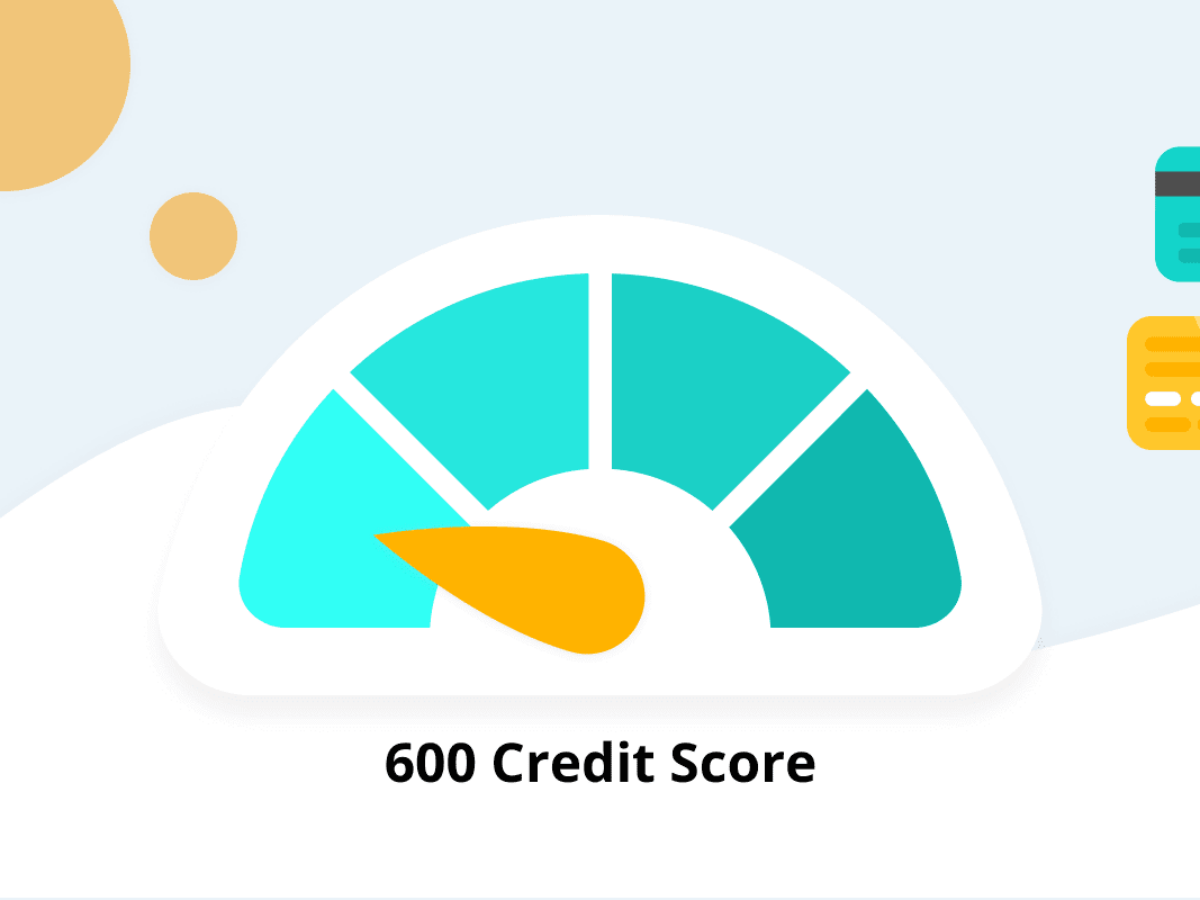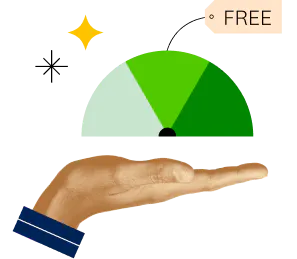
While there are some differences between the previous models, your credit score will likely remain good. Similarly, bad scores will remain bad. Each credit scoring model has a different way of calculating your score. They all aim to predict credit risk. This means that your score will reflect this risk.
New credit scoring model
All three credit reporting agencies will have access to the new FICO10 credit scoring model by 2020. It is expected it will increase the credit scores and decrease the scores of 110 million additional consumers. It uses trended data for predicting the probability of default. A higher FICO score will be awarded to consumers who have a good payment history and a lower balance than those who have a high balance.
FICO 10, the new scoring model, uses a multidimensional approach to credit scoring. It also includes trend data about revolving accounts, minimum payments requirements and amount paid towards balances due. Combining these data points allows FICO 10 to identify consumers that pay off their accounts on a timely basis. This approach reduces the impact on a single event. This means that paying a single amount for vacation costs will not negatively impact your credit score. However a series late payments or high-interest debt will.

Modifications to models previously used
A number of new changes have been made to credit scoring systems since the recent release of FICO 10, the credit score model. The new model uses new algorithms and data to calculate credit score. The average score increase for almost 40 million consumers will be 20 points. These changes aim to reduce disparities in scores between consumers with different credit histories.
One change in the scoring model is the addition of trended data, which shows credit card or debt balances over the last 24 months. This information rewards responsible use and penalizes those who are behind in their payments. It penalizes those with multiple debts and high credit utilization.
Impact on non-traditional credit
The new scoring algorithm, FICO 10 T, uses more recent data from more accounts than FICO 10 Basic. This data allows for a better prediction of borrowers' credit risk than the basic FICO score 10. The basic FICO score looks at only one snapshot of a consumer’s credit report. Particularly useful for the credit usage portion of the score is trend data. Credit scores used to only look at the last seven to ten years of payments history. That means a rising balance will hurt a borrower's score.
The new model averages the peaks and valleys of credit accounts, taking into account their usage rates. This means that a 20 point decrease in one account could have an impact on millions of consumers' credit scores. Luckily, for renters who don't own their own home, they can rely on the landlord's credit data to determine whether or not they can borrow money.

UltraFICO(tm), Score Changes
Fair Isaac Corporation's credit scoring system UltraFICO was created. This score is especially useful for consumers with bad credit ratings or limited credit histories. Consumers who have had financial difficulty or limited credit history will be able to see a significant improvement in their scores with the new scoring system.
The new scoring system relies on more data that the FICO credit score. It includes cash flow data from a consumer's bank accounts. Although those data are not necessarily indicative of a consumer’s creditworthiness and creditworthiness in general, UltraFICO aims to increase credit availability for all.